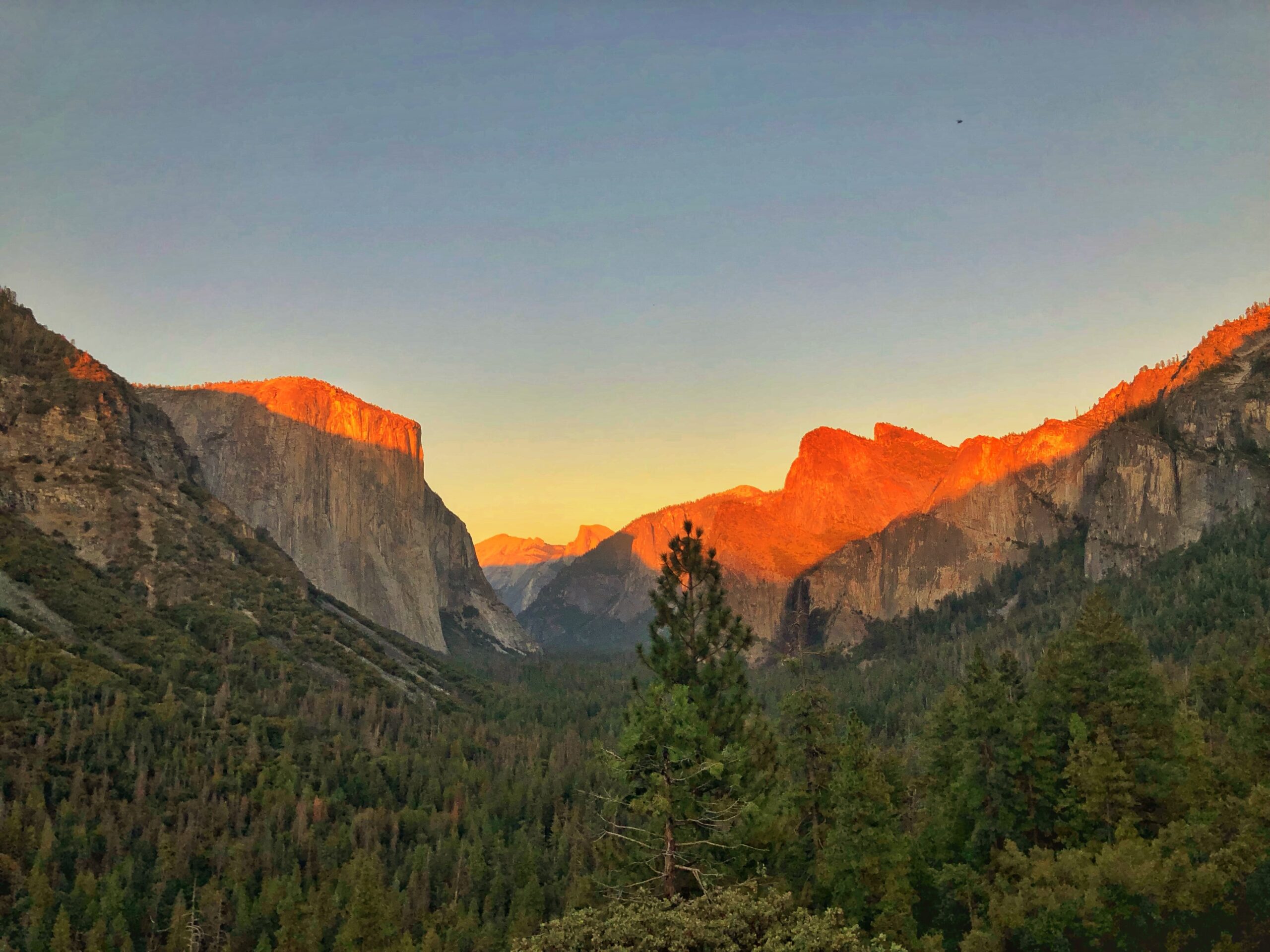There’s a lot to love about California’s great outdoors. Beyond the warm, humidity-free climate — which is such a draw that the comparably high cost of living is often referred to as the “weather tax” — California takes pride in being as environmentally conscious as possible.
Unfortunately, many of the natural advantages that make it such an enticing state to live in are the same reasons why the effects of extreme weather events are often more pronounced than somewhere in the Midwest. The beautiful miles of coastline are the first to bear the brunt of rising sea levels, an effect that is primarily due to pollution from elsewhere.
Arguably the most noticeable of these unfortunate effects is the ongoing season of wildfires in California’s drier areas. These fires are a perfect microcosm of the changing climate — a less-than-complete buy-in results in some of the most idyllic and cooperative municipalities seeing the damage.
But Californians aren’t simply waving the white flag on this issue. They are adaptable like anyone else and are determined to use what’s at their disposal to ensure that their home is protected. This season, many nonprofit organizations, government agencies, and Indigenous Tribes are going “scorched earth” on wildfire prevention — literally. They are using the surprisingly effective strategy of prescribed burns.
This method of damage mitigation proved quite effective during the recent Washburn Fire, a massive wildfire that moved throughout much of the southern part of Yosemite National Park. While the blaze could blow through much of the bone-dry wooded areas with ease, it finally came to a halt outside the area’s crown jewel, a grove of sequoia trees that have been there for thousands of years. But this wasn’t random luck or divine intervention but the culmination of decades of careful management by several overlapping groups. It is far from a relief that the situation got to the point that this failsafe was triggered, but it proves the efficacy of this style of environmental stewardship.
“It could have been a very different outcome if we hadn’t been preparing for this fire for decades,” says Garrett Dickman, a forest ecologist at Yosemite. Dickman is referring to a decades-long practice of periodically burning parts of the grove’s border that began in the 1970s.
The logic is simple — after enough burning, the land underneath will reach a point where it is no longer flammable, thus preventing any future out-of-control fires from taking hold in the area.
So, when Washburn made it to the ring of charred earth that bordered this grove, it was stopped in its tracks. “The fire intensity decreased dramatically, rate of spread decreased, and firefighters were able to rapidly engage … and kind of steer the fire around the grove,” Dickman continued.
The burning process in Yosemite is the modern continuation of a method of environmental management practiced by regional Indigenous groups for generations. Although strategic, prescribed burns were banned for several decades; however, local officials have opted for a return of what local Tribes call “good fire.”
“We don’t put fire on the ground and not know how it’s going to turn out. That’s what makes it cultural burning because we cultivate,” says Ron Goode, tribal chairman of the North Fork Mono Tribe. Carried out in late February, the Tribes see safe burning as a sacred cultural practice that gives back to the land. “This is old land,” says Goode. “It’s been in use for thousands and thousands of years. And so what we’re doing out here is restoring life.”





